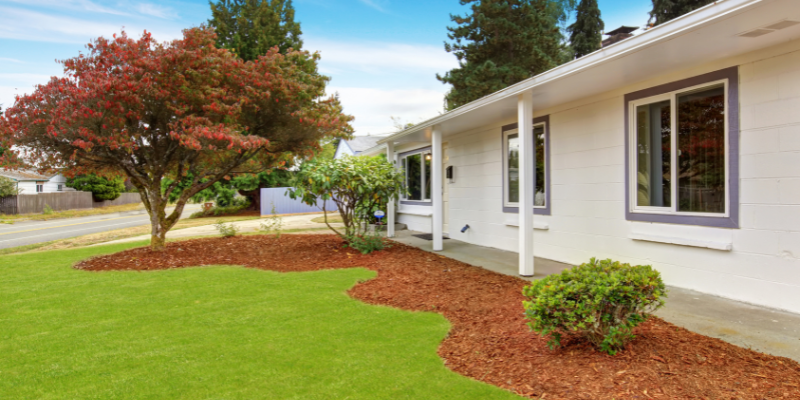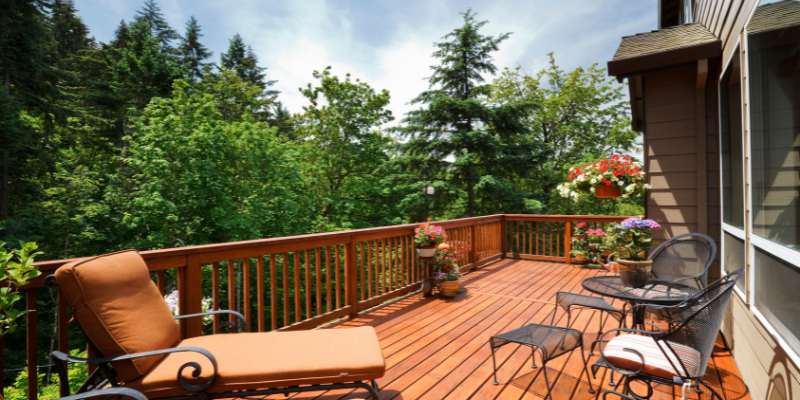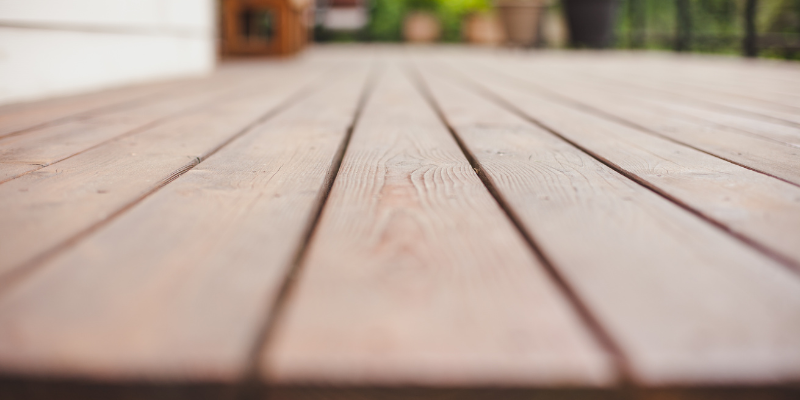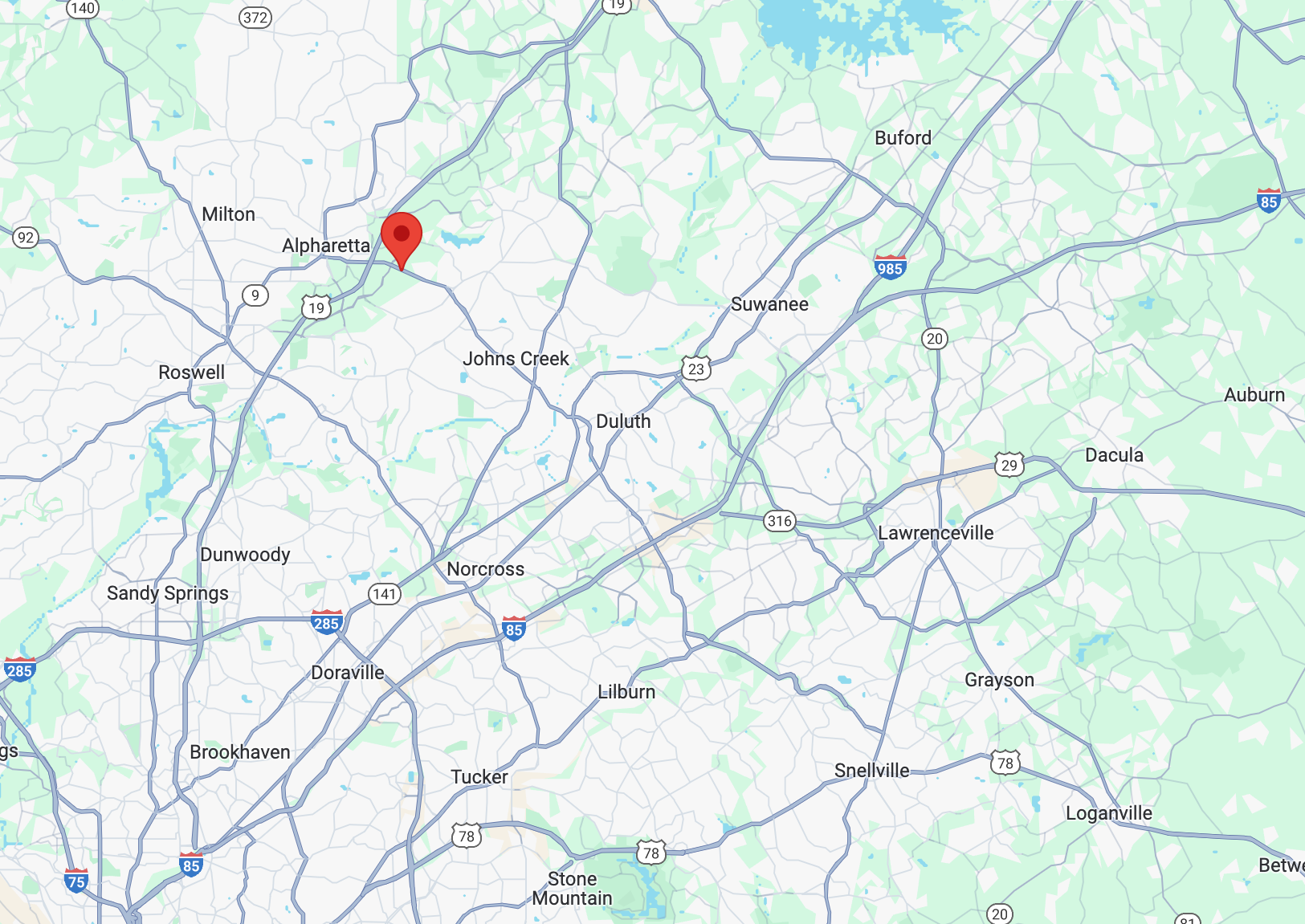Cutting Back Landscaping and Brush is Essential to Prevent Wood Rot
Cutting Back Landscaping and Brush is Essential to Prevent Wood Rot
Beautiful landscaping is a point of pride for homeowners—but when shrubs and plants are too close to your home, they can do more harm than good.
Overgrown vegetation traps moisture against siding, decks, and foundations, creating the perfect environment for wood rot to thrive.
Keeping landscaping trimmed back isn’t just a cosmetic choice; it’s a crucial part of home maintenance.
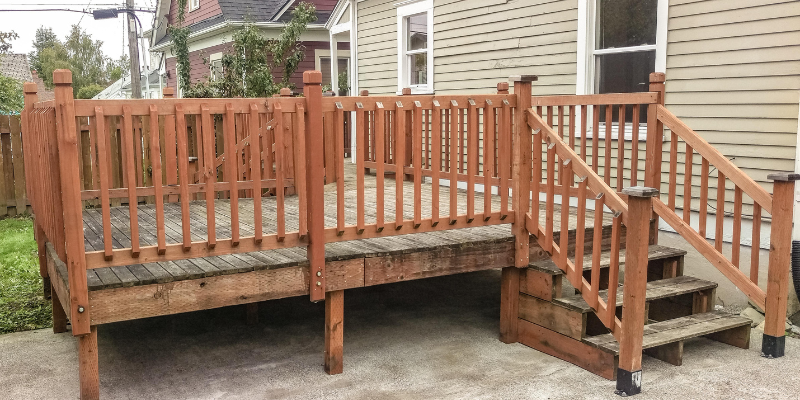
How Landscaping Contributes to Wood Rot
It’s easy to overlook, but your landscaping can become a direct source of moisture-related problems.
Branches and bushes brushing against your home’s exterior keep surfaces damp after rain or morning dew.
Add poor airflow, and you’ve got a recipe for rot.
Wood rot happens when wood stays wet long enough for fungi to colonize.
Even treated lumber can’t withstand constant moisture exposure.
This is especially true in shady areas where the sun can’t dry surfaces quickly.
Signs That Landscaping is Causing Wood Rot
- Moss, algae, or mildew growing on siding or deck boards
- Wood that feels soft, spongy, or crumbly near bushes or trees
- Paint bubbling or peeling on lower sections of your home
- Persistent dampness despite good weather
How to Trim Landscaping to Prevent Wood Rot
The good news? You don’t need to rip out your entire garden—just manage it smartly.
Here’s how:
1. Maintain a Minimum Clearance
Keep at least 12–18 inches of space between your home’s exterior and shrubs or plants.
This allows for proper airflow and sunlight, helping surfaces dry faster after rain.
2. Prune Trees and Large Bushes Regularly
Cut back branches that overhang your roof, siding, or deck.
Falling leaves and shade keep moisture levels high, encouraging wood rot.
3. Clean Up Around the Foundation
Remove thick ground cover, vines, or accumulated mulch touching the base of your home.
Excess moisture in these areas can wick into wood siding or joists.

Protect Your Home from Wood Rot by Cutting Back Landscaping
Overgrown landscaping might seem harmless, but it can quietly set the stage for serious (and expensive) wood rot damage.
By trimming plants, pruning trees, and maintaining proper clearance, you’ll keep moisture levels under control and your home in top shape.
Need help with repairs after discovering rot?
Contact House Doctors today for professional wood rot solutions. It's one of our specialties!
Need a Handyman?
Give us a call!
We also provide handyman services for the
Lilburn,
Suwanne,
Buford,
Lawrenceville,
Duluth,
Norcross,
Stone Mountain,
Gwinnett County,
Cumming,
Roswell,
Johns Creek,
Dunwoody,
Sandy Springs,
Buckhead,
Midtown, and
Brookhaven.

